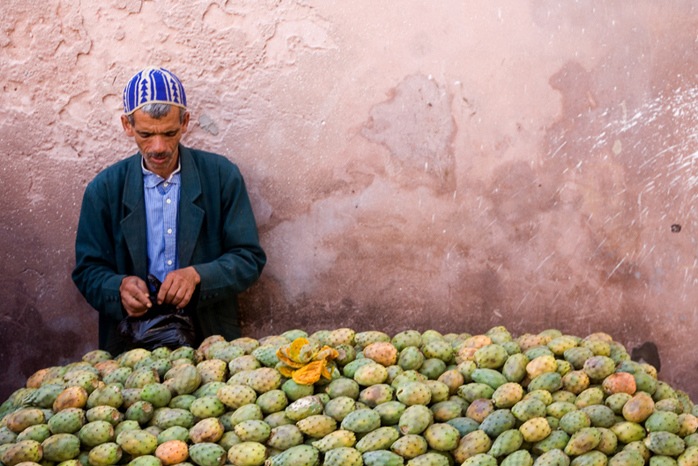The anatomy of the sabra plant, with a thick and prickly skin that conceals a delicate and sweet interior, is said to represent the impervious gruffness of native Israelis. The story goes: once you penetrate the prickly exterior of an Israeli, they are exorbitantly generous, welcoming, amiable. The sabra has been woven into the fabric of the country since the early inception of the Zionist movement, mythologizing a plant species that is widely believed to have been part of Israel’s landscape since renascent Jewish settlement in the ancient era.
But this is an anachronism: sabras first appeared on what is now Israeli soil in the fifteenth century. It is a fallacy denoting another fallacy — the term “native Israeli” reads paradoxical when you consider that modern-day Israel, established in 1949, is one of the world’s newest countries.
But it is these mythologies that we cling to under a perceived danger. In 2012, speaking at a conference aimed at formulating Israel’s immigration policy held at the Institute of National Security Studies, incumbent Israeli president Benjamin Netenyahu called African migrants a threat to Israel’s Jewish majority. In recent years, there has been an influx of immigration, much of it illegal, from African countries — over 60 000 migrants and counting. For a country with a population of just 8 million, that’s a high number.
Some of Israel’s more controversial practices have invited comparisons to eugenics-based policies of the United States in the early twentieth century, or even Germany after the First World War. In 2013, an Israeli official admitted to injecting mandatory, long-acting contraceptives in women of Ethiopian origin. There are around 130,000 Ethiopians living in Israel, most of whom are Jewish — descendants of Beta Israel, a community of Jews with origins in the Aksumite region. They may obtain Israeli citizenship under the Law of Return; currently, nearly the entire Beta Israel population lives in Israel. It seems, however, that even their Jewish heritage does not shield them from the nascent racism in Israeli society.
This is bad news for rest of the African immigrants, most of whom are non-Jewish refugees. The largest refugee populations are from Eritrea and Sudan, and many of them have crossed the unforgiving Egyptian and Sinai deserts, risking random shootings by Egyptian border patrol or rape by Bedouin smugglers. Under a new law passed by the Knesset in 2013, asylum-seekers are detained for at least a year before being placed indefinitely in an open-air detention center. These detention centers are filled to capacity, often housing thousands of refugees — Holot, the largest, will soon extend its capacity to 9 000. While overcrowding is a problem, the Israeli government has found a way to combat new illegal immigration — by erecting a 90-mile fence at the Israel-Egypt border, and using African workers in its construction.
Israel is a complex society predicated on contradictions. The country has become a yet-more-welcoming alternative to Egypt, where African migrants are met with open hostility and police brutality; still, “better” does not mean “good.” Jewish or not, African immigrants will never be sabras in the eyes of many Israelis — and yet here they are, in detention camps dotting southern Tel Aviv and the Negev desert, waiting.
This series will attempt to uproot the sabra, looking beyond its prickly skin to those excluded from Israel’s genealogical narrative. Where can they go from here?
Image: Wikimedia commons



